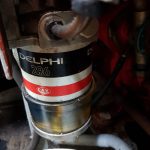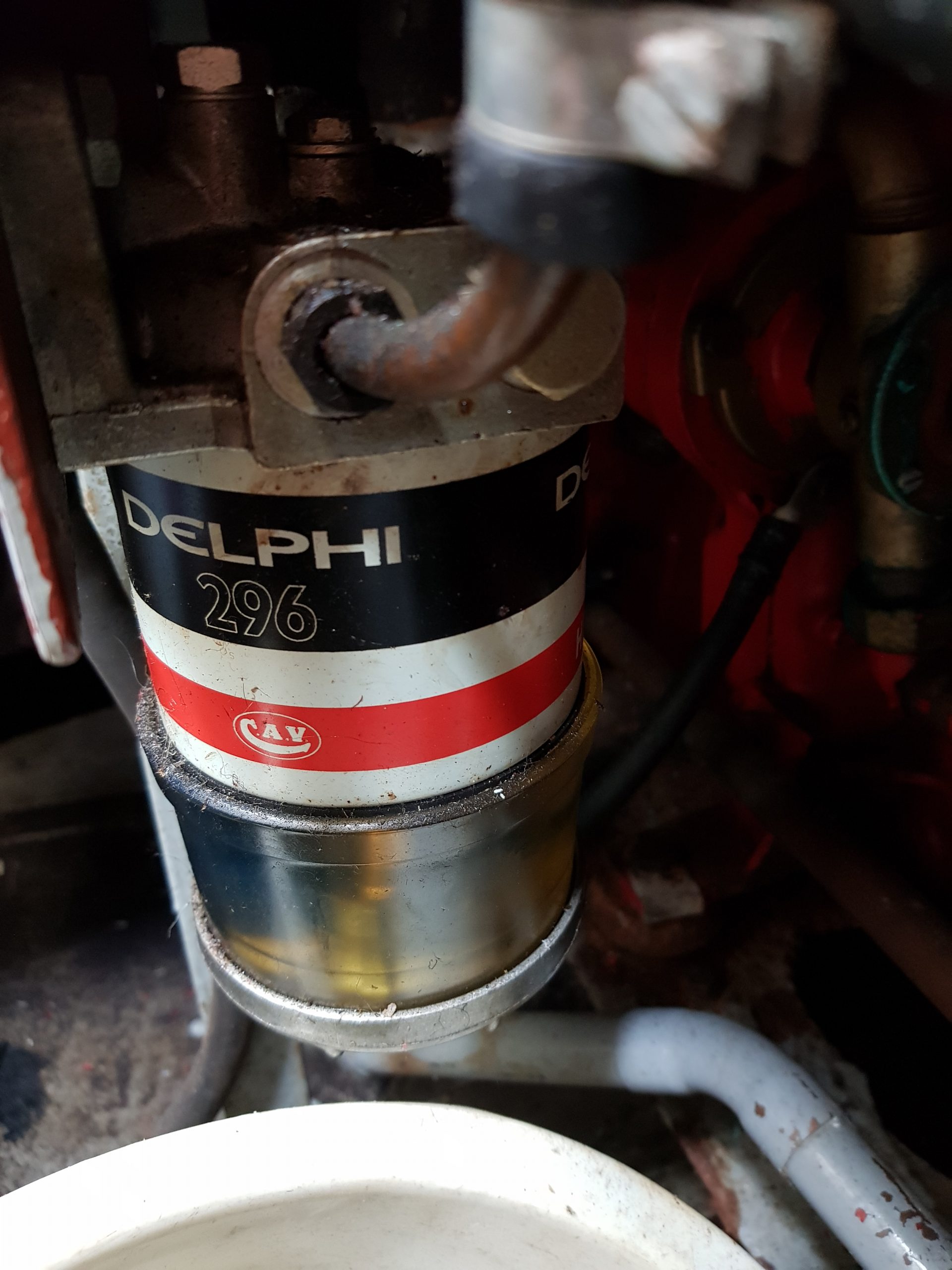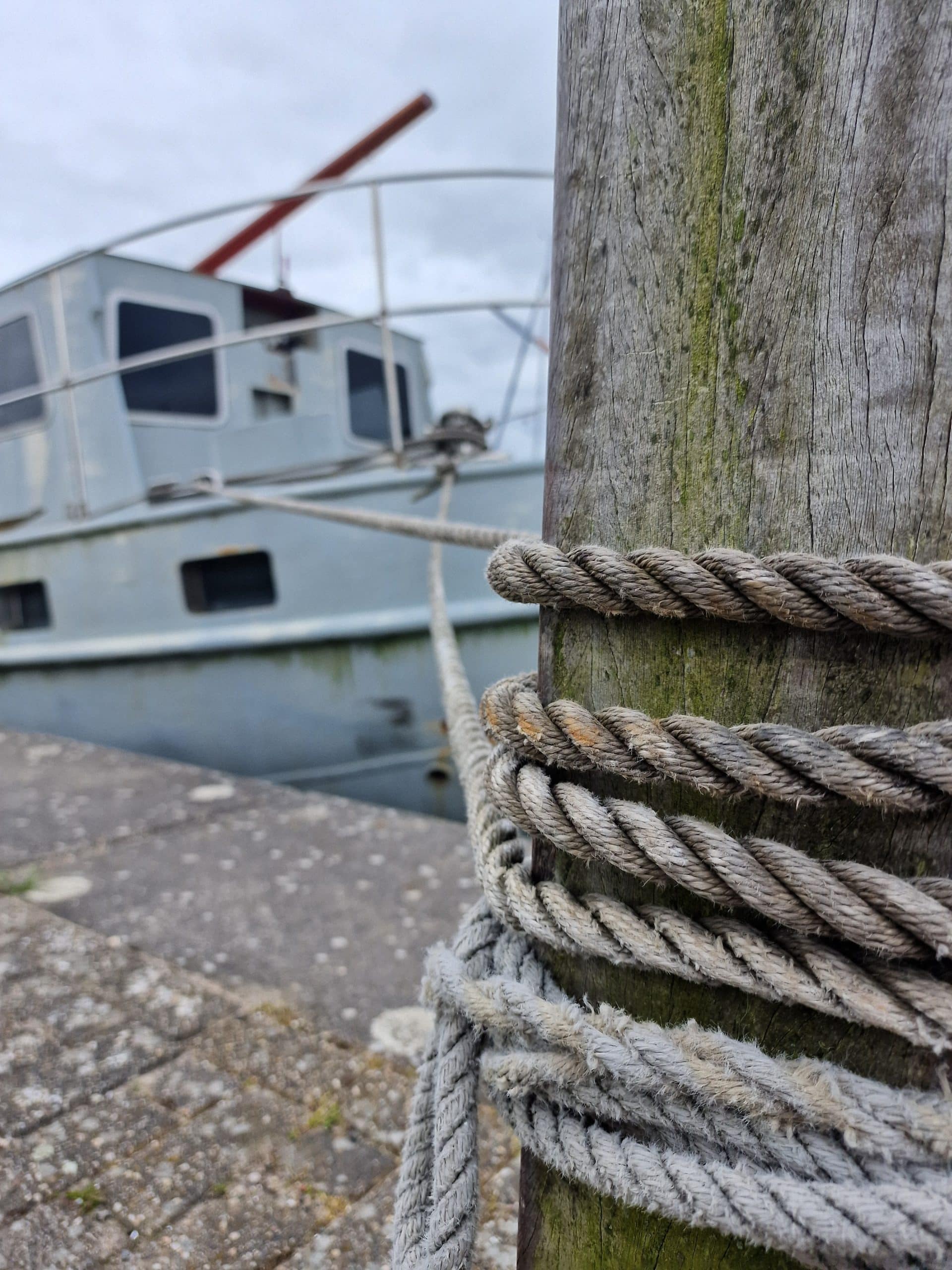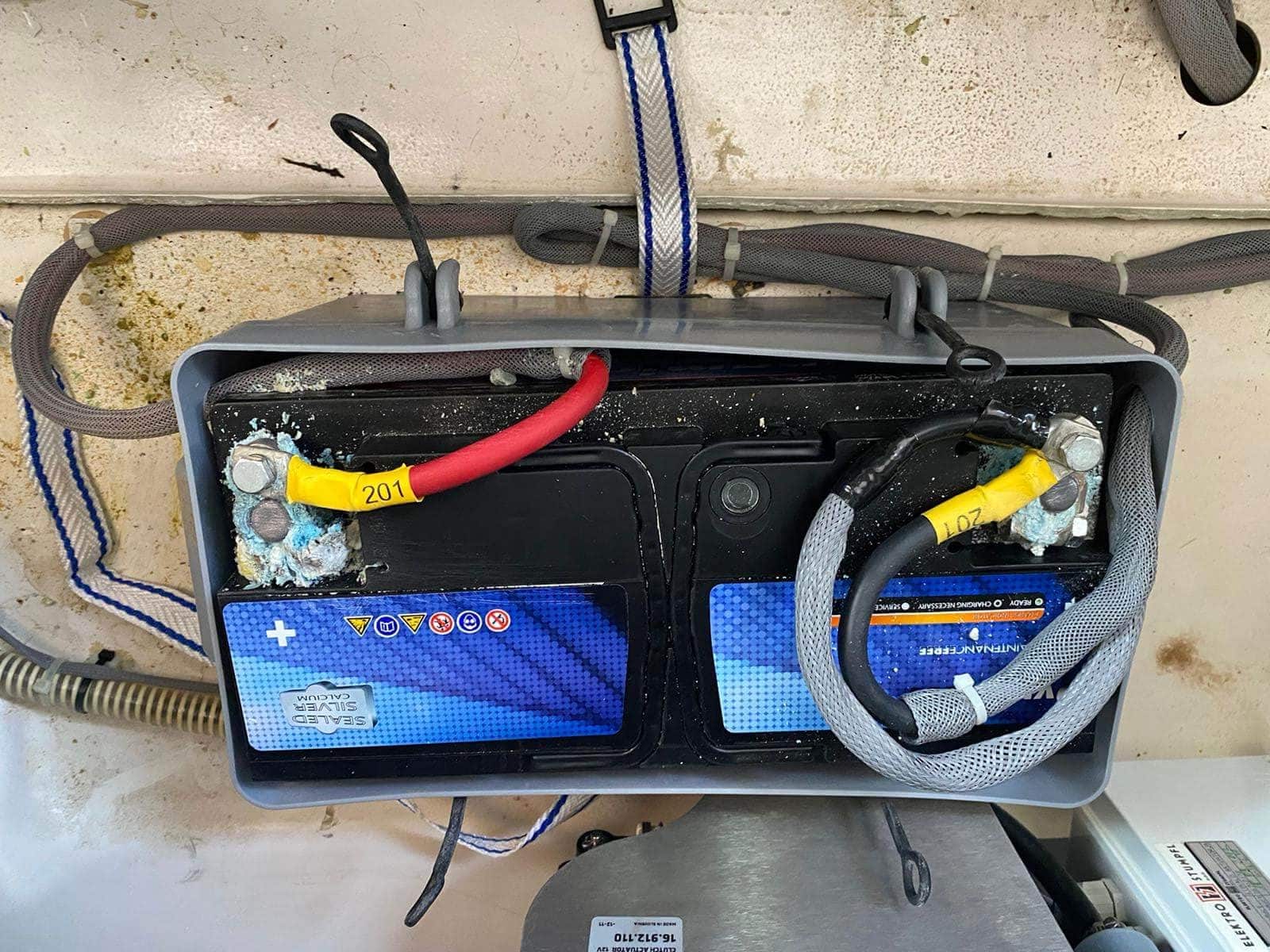Boat engine problems: fuel
- Blog
- May 15, 2021
Fuel Problems
When an engine fails while cruising, it is often related to a lack of fuel. Known symptoms are a drop in rpm, overall engine failure and difficulty starting. In this blog, we describe problems with diesel systems. Gasoline engines will be discussed later.
Causes
A shortage of fuel (besides an empty tank) is caused by a clog or faulty part. Filters are designed to filter debris from the fuel and prevent damage, but too much debris in a filter will hinder flow too much.
Dirt in the diesel
Diesel tanks can contain dirt. For example, due to dirty diesel, corrosion in the tank or because a tank was not cleaned when it was installed. This dirt accumulates in the filters and eventually starts causing problems. Most diesel systems have a coarse and fine filter. The coarse filter will be the first to get clogged. Replacing it can solve many problems.
Bacteria in the diesel
Bacteria in diesel is a common problem these days and also one we encounter very often. In recent years the composition of fuel has changed due to stricter environmental requirements. For example, by adding biodiesel. The problems with contaminated diesel fuel have increased in recent years. Water in the diesel accelerates the growth of bacteria. When a tank becomes contaminated by bacteria, it is characterized by a dark slurry at the bottom of the tank. This is released when the ship swings, eventually ending up in the pipes and filters until the engine fails. The filters can be replaced, but if the tank is still full of dirt, the problem will reoccur. So the key is to keep the tank clean and with as little water in it as possible.
Water in the diesel
 Er kan op meerdere manieren water in de diesel komen; door de vulopening, door condensvorming in de tank of reeds aanwezig in de diesel bij de pomp. De laatstgenoemde oorzaak valt weinig aan te doen. Condensvorming in de tank kan beperkt worden door de tank ‘s winters zo vol mogelijk te houden. Verder is een waterafscheider belangrijk. Het water hoopt zich hierin op en kan afgetapt worden. Wanneer er echter niet tijdig afgetapt wordt raakt de waterafscheider vol en zal er water naar de motor gaan in plaats van diesel, waarna de motor uit zal vallen.
Er kan op meerdere manieren water in de diesel komen; door de vulopening, door condensvorming in de tank of reeds aanwezig in de diesel bij de pomp. De laatstgenoemde oorzaak valt weinig aan te doen. Condensvorming in de tank kan beperkt worden door de tank ‘s winters zo vol mogelijk te houden. Verder is een waterafscheider belangrijk. Het water hoopt zich hierin op en kan afgetapt worden. Wanneer er echter niet tijdig afgetapt wordt raakt de waterafscheider vol en zal er water naar de motor gaan in plaats van diesel, waarna de motor uit zal vallen.
Solutions
When there is water in the diesel it is important to find out how it got into the tank. We often see that the diesel tank filler openings are in the gunwale of the boat and the rings in them no longer seal properly. Overcoming water or rainwater then stays on top of the filler neck and eventually gets into the tank. First, this needs to be fixed. Then the tank should be made completely free of water by opening it and emptying it completely, or sucking out the water that is at the bottom of the tank.
Dirt and bacteria in the tank can really only be properly removed by opening the tank and completely emptying and cleaning it. This requires an opening of sufficient size in the tank. If that is not present it will still have to be made. Our partner AB Marine Service supplies the supplies needed to make such an opening in an existing tank. Our technicians can assist in placing this and cleaning the tank.
Daarnaast is het verstandig om de diesel in de tank te onderhouden met een conditioner, zoals deze van Bardahl reiniger bij Garagestore.nl.
Breakdown on the water?
Having unexpected fuel problems on the water? The boat watch from Vaarzeker is at your service. Do you own a boat and go boating regularly? Take a look at our breakdown service package. So you can get out on the water without any worries.
Need help choosing?
Need help choosing a subscription? Then use our handy selection guide.
Newsletter subscription
Fill out the form below to become a member of our newsletter


